Today’s assignment has to do with using alternative painting methods. Did you know that painters in the past had to come up with their own paint mixtures? They didn’t have stores to go and buy paints at like we do. So, put on your renaissance hat and become a scientist as well as an artist!
Please watch the video for a little more explanation:
Helpful Hints:
- Use hot water to dissolve candy, jello, koolaid, etc.
- Use as little water as possible to create the color so the hue will be strong. You an dilute the color as needed later using a watercolor technique.
- Practice on a separate sheet of paper to get used to the paint and techniques.
- Do not expect perfection, be flexible with the process.
- Ask your parents permission before you use any of the items above.
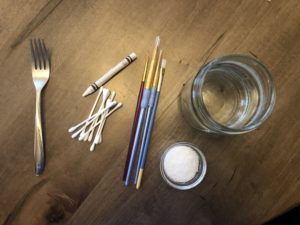
I also want you to think outside of the box about tools you can use to paint with. You can use q-tips, silverware(like a dip pen), your finger, a clean make up brush, etc. Many of you may not have paint brushes so just use what you have.
Watercolor Techniques
Please see the illustration for visual representations for different water color techniques:
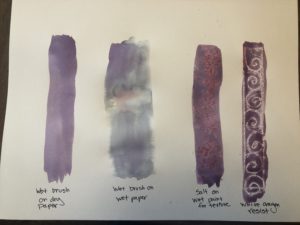
- wet brush on dry paper
- wet brush on wet paper
- sprinkle wet paint with salt for added texture when dry
- use a white crayon as a way to resist water color paint and keep white parts white, you must draw on the highlights first for this to work.
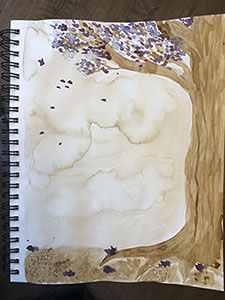 Your assignment is to create a painting using this alternative paint that you have made. This is an experiment, I do not expect perfection. I want you to have some fun, think outside of the box and take your time creating your painting to have differences in value(shading). I don’t care what you paint as long as it has 3-dimensional form and shows shades of light and dark. Good Luck! I am excited to see what you create!
Your assignment is to create a painting using this alternative paint that you have made. This is an experiment, I do not expect perfection. I want you to have some fun, think outside of the box and take your time creating your painting to have differences in value(shading). I don’t care what you paint as long as it has 3-dimensional form and shows shades of light and dark. Good Luck! I am excited to see what you create!
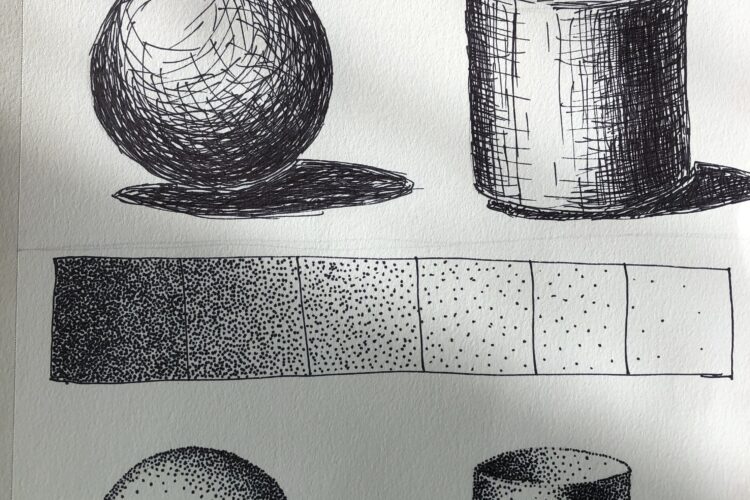
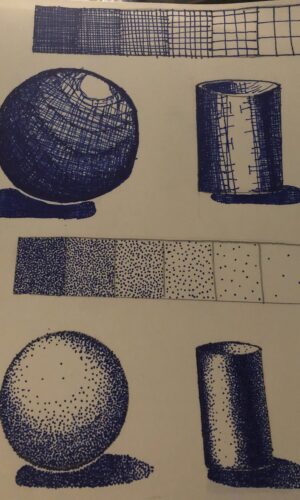
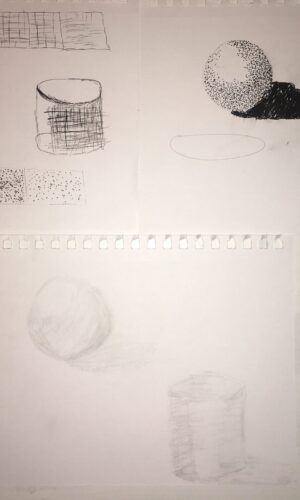
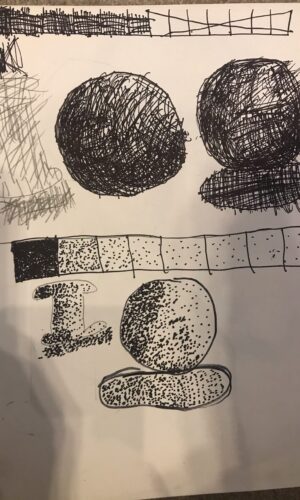
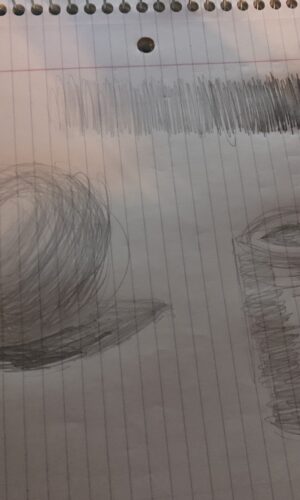
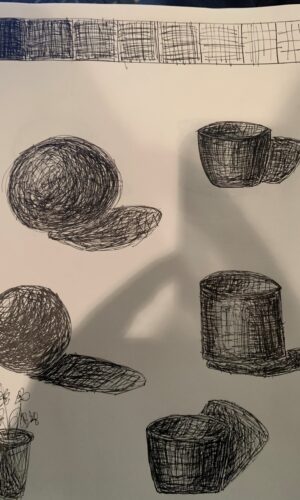
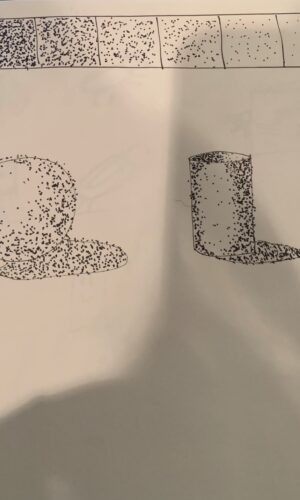
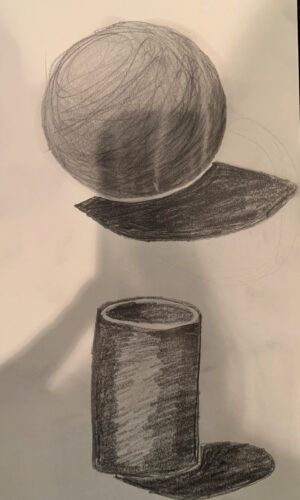
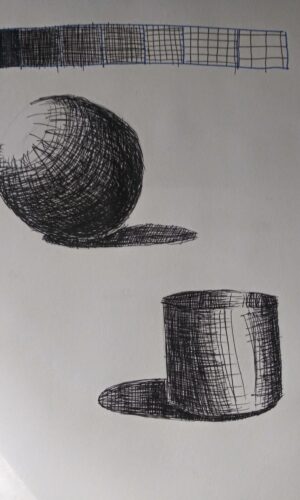
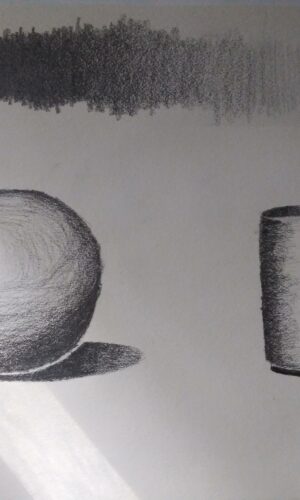
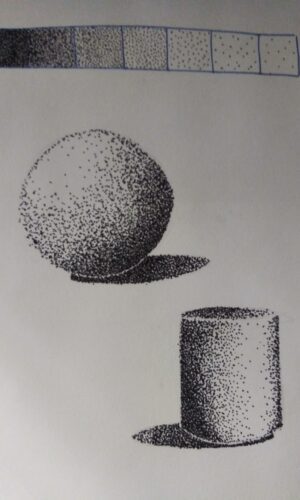
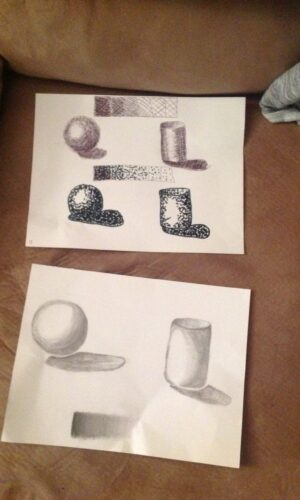
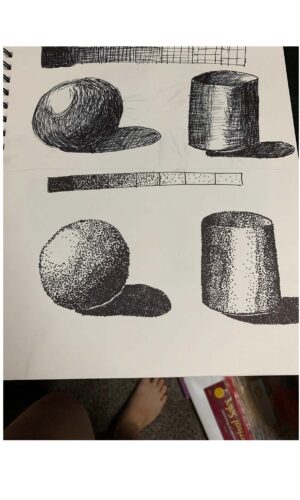
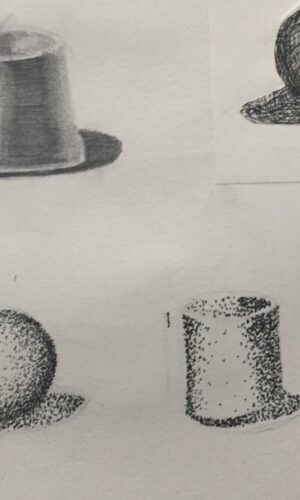
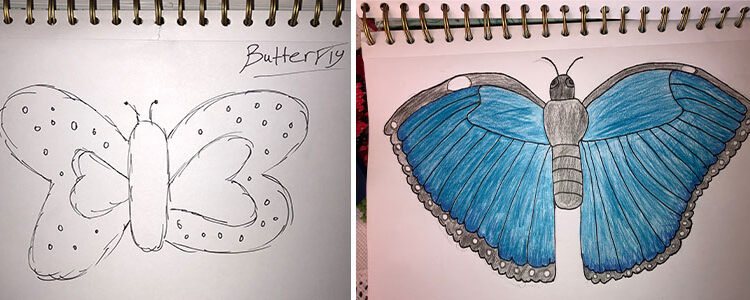

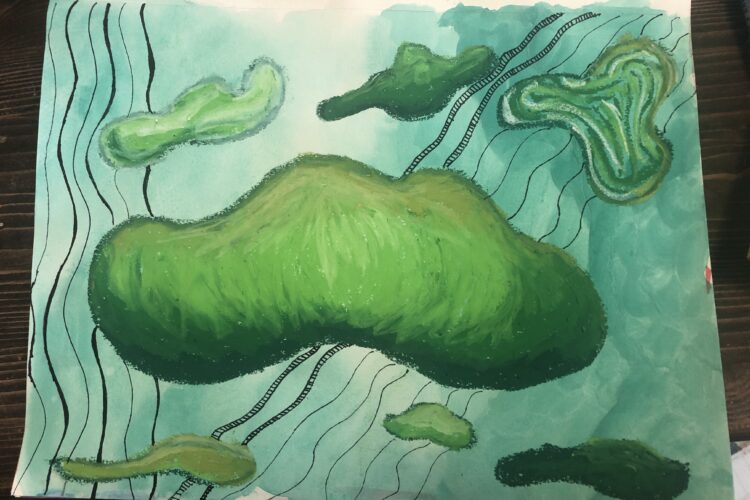

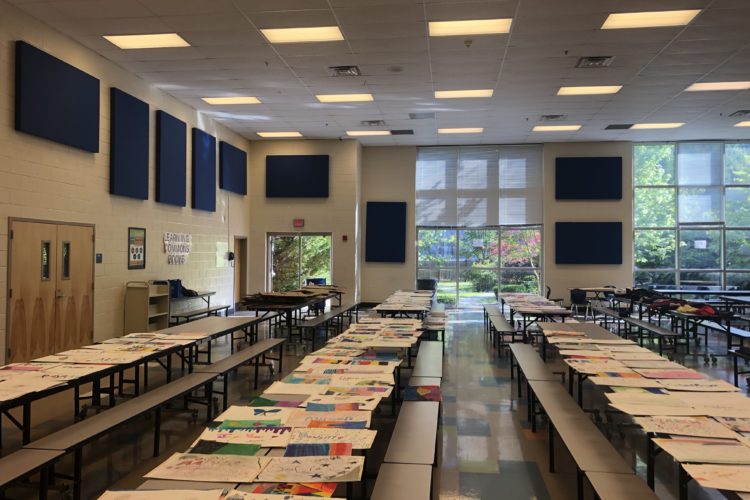
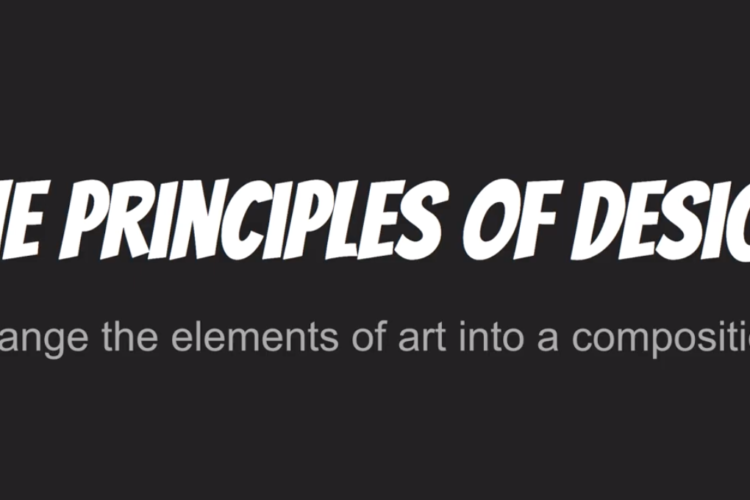

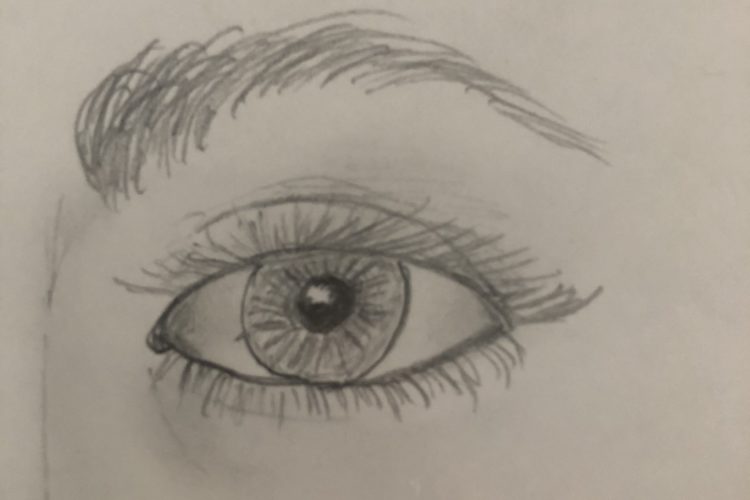
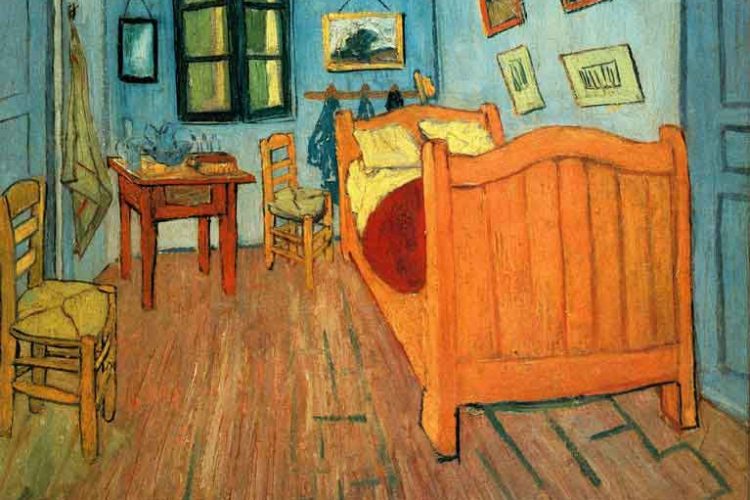
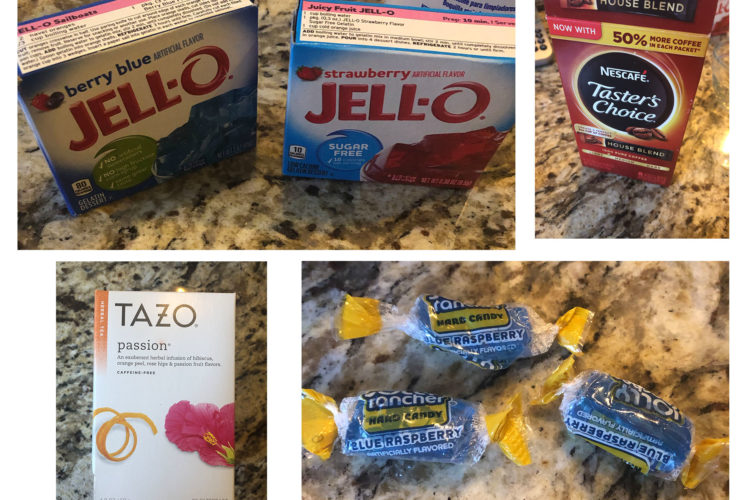
 I also want you to think outside of the box about tools you can use to paint with. You can use q-tips, silverware(like a dip pen), your finger, a clean make up brush, etc. Many of you may not have paint brushes so just use what you have.
I also want you to think outside of the box about tools you can use to paint with. You can use q-tips, silverware(like a dip pen), your finger, a clean make up brush, etc. Many of you may not have paint brushes so just use what you have. 
 Your assignment is to create a painting using this alternative paint that you have made. This is an experiment, I do not expect perfection. I want you to have some fun, think outside of the box and take your time creating your painting to have differences in value(shading). I don’t care what you paint as long as it has 3-dimensional form and shows shades of light and dark. Good Luck! I am excited to see what you create!
Your assignment is to create a painting using this alternative paint that you have made. This is an experiment, I do not expect perfection. I want you to have some fun, think outside of the box and take your time creating your painting to have differences in value(shading). I don’t care what you paint as long as it has 3-dimensional form and shows shades of light and dark. Good Luck! I am excited to see what you create!